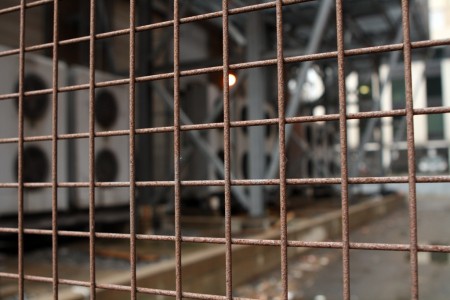Looking at a diagram of a proposed fusion reactor, it is easy to get the false sense that such technologies will provide clean and inexpensive power within a few decades: fusing tritium and deuterium to produce heat, while generating new fuel from lithium using the neutrons produced.
A post on The Oil Drum enumerates the many technical challenges associated with achieving that aim, going so far as to say that dreams about fusion power should be ‘ended’ as a consequence. Written by Dr. Michael Dittmar, a researcher with the Institute of Particle Physics of ETH Zurich, the article enumerates a number of significant problems:
- Large amounts of tritium are required and various problems exist with it as a material and a fuel.
- Materials from which reactor walls can be made are unavailable, and far beyond anything that is available.
- Many obstacles exist to breeding tritium from Lithium-6.
- Similarly, obstacles exist to extracting tritium from the lithium blanket and delivering it in a pure form into the chamber where fusion is occurring.
- Reactors may not be able to breed enough tritium to keep themselves going, much less provide excess tritium for new facilities.
While this may not be cause for declaring fusion a complete non-starter, it is at least a useful way to temper the assumption that fusion power will emerge any decade now, providing a pain-free solution to the problems of climate change and fossil fuel depletion.
The article also lists problems with fission reactors that breed plutonium or use thorium as fuel: both options mooted in response to concerns about limited availability of uranium for use in conventional reactors. All this is a reminder that – while renewables may be costly and have intermittency problems to manage – there is every reason to believe they can be practically deployed starting immediately.





